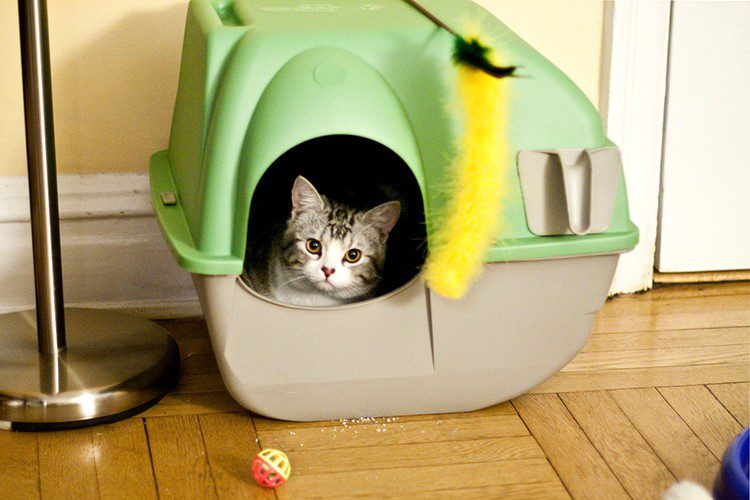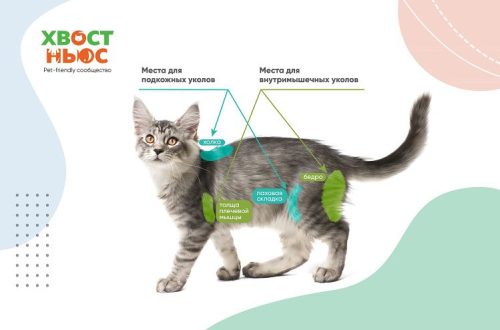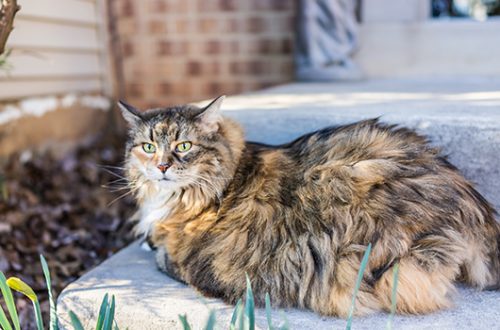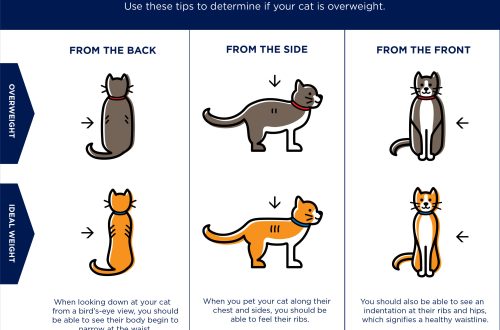
Why does a cat go badly in the tray and what to do about it
Urinating in the wrong places can be one of the signs that it hurts the cat to go to the toilet. What you need to know to take care of your pet’s health is in this article.
Diseases and their causes
In cats, regardless of age and breed, diseases of the urinary system often occur. In spring and autumn, seasonal exacerbations of urolithiasis and cystitis are often recorded. Idiopathic cystitis occurs year-round — inflammation of the bladder for no apparent reason. Sometimes cats develop uroliths – bladder stones that cause them irritation and a desire to go to the toilet often. Stone formation can lead to obstruction (blockage) of the urethra.
The cause of these pathologies can be malnutrition, the lack of wet food in the diet and a sufficient amount of water. Diseases can also be of a bacterial nature – pets older than 10 years are more likely to be affected.
Main signs and symptoms
In the first stage of urinary tract disease, cats usually behave in the usual way, and it will be difficult to understand that the pet is not feeling well enough. It is important for owners to be observant and remember: the sooner treatment is started, the more likely it is to be successful and the four-legged family member will not experience serious consequences due to the disease.
It is worth planning a trip to the veterinarian in the near future if the cat:
- stopped going to the tray and leaves marks in different places at home;
- often comes to the tray, spends a lot of time near it, but it remains clean;
- makes any sounds when urinating;
- licks genitals for a long time, eats little;
- urinates with blood, grains of sand.
How to help your cat cope with illness
Symptoms of urolithiasis in cats seem insignificant at first. But when the disease begins to develop and the animal becomes noticeably worse, the situation is critical. If action is not taken immediately, the cat may die.
Prevention of diseases of the urinary system in cats is much easier than cure. You need to create comfortable living conditions for your pet: put a couch, scratching post, buy toys. It is necessary to provide the pet with round-the-clock access to water, and to prevent obesity, feed it as recommended by the veterinarian.





